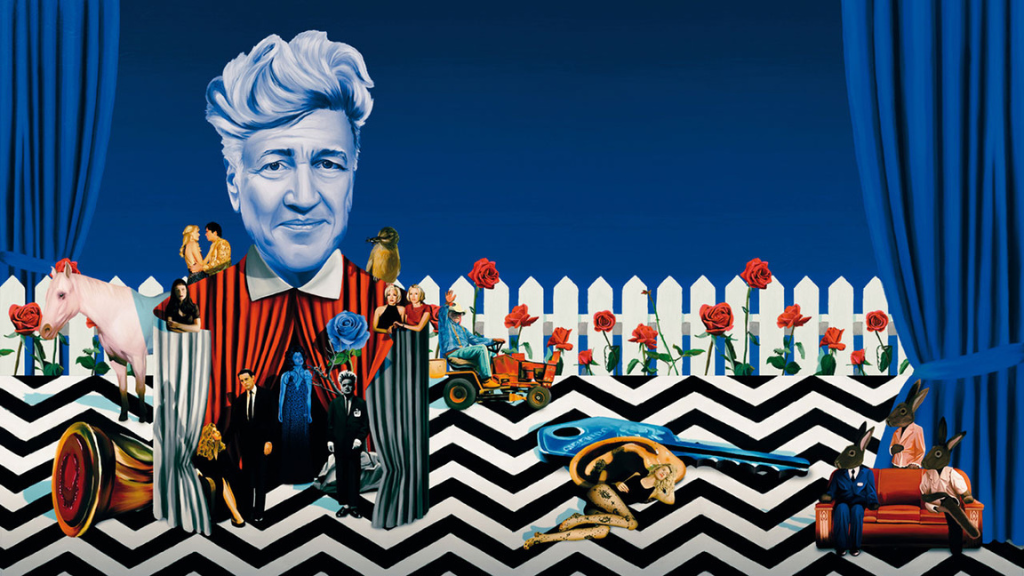
Activists urge international museums to recognize Malevich as a Ukrainian
Some time ago, the Ukrainian initiative Shadows Project published a statement on their Instagram profile that “Malevich is not Russian”. Representatives of the project, aimed at defending the cultural history of Ukraine, urge foreign institutions to stop mistakenly identifying Ukrainian art and artists Russian. Afisha.London magazine talks about the project and its appeal, and shares details about the origins of Kazimir Malevich.
Initially established to promote Ukrainian traditions on social media, today the Shadows Project is a massive initiative. Volunteers collect everything necessary to support the cultural institutions of Ukraine and protect their works of art.
The creator of the initiative comments to The Art Newspaper that “so much of our history and our culture isn’t accessible to us due to historical oppression”. Her team highlights the heritage of their home country to make it accessible to local youth.
In April, the project team asked the Museum of Modern Art (New York) and other international museums to recognize the Ukrainian heritage of the avant-garde artist Kazimir Malevich, known worldwide for his development of Suprematism and the Black Square painting.
Follow us on Twitter for news about Russian life and culture
Malevich was born in 1879 in Kyiv, then part of the Russian Empire, his father was Polish and mother was Ukrainian. Until the age of 17, the artist lived with parents in different cities and villages of Ukraine. At home his family spoke Polish, but with others they spoke Ukrainian. The avant-garde artist was inspired by folk art and landscapes of Ukraine, and he called himself a Ukrainian in letters and personal diaries. Kazimir Malevich is also the only Ukrainian artist whose work reflects the Holodomor of 1932–1933.
Thus, three countries that influenced his life and work are simultaneously fighting for Malevich’s legacy: Poland, where the Suprematist’s roots come from, Ukraine, his homeland, and Russia, on the territory of which he pursued an artistic career. And, perhaps, if we talk about the origin of the avant-garde artist, each of these countries should be mentioned.
Also in April, the National Gallery renamed the painting by Edgar Degas Russian Dancers to Ukrainian Dancers after a similar appeal by activists on Instagram.
Cover photo: Kazimir Malevich, Self-portrait, 1933 (fragment)
Read more:
A film about Anna Politkovskaya will be filmed in the UK
Screenwriter of “The Crown” will stage a play about Russian oligarchs
From Britain to Russia: a tradition of “Stonehenges” across Europe
SUBSCRIBE
Receive our digest once a week with quality Russian events and articles




